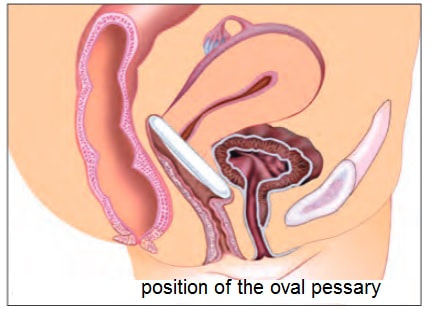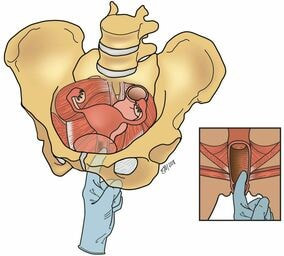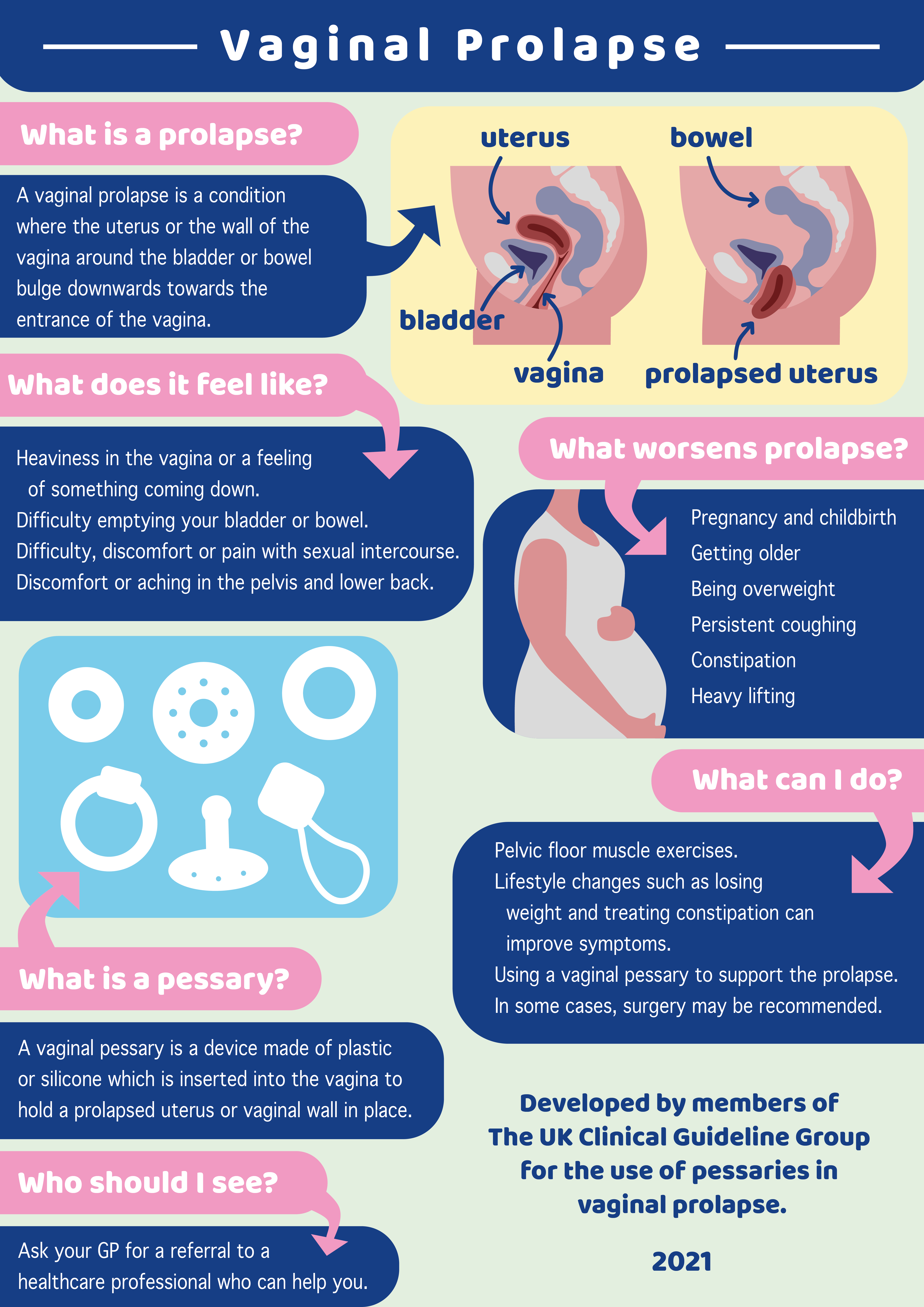can a pessary cause damage
Use of a pessary can be life changing for the better when it fits well and does what its supposed to. Urinary incontinence - causes symptoms diagnosis treatment pathology.
This could lead to urine leakage from getting wet from sex or from sweating if not cleaned properly after each use.

. A prescribed topical estrogen will often. These are some of the common problems. Your specialist should recheck your pessary at least 6 mthly or earlier if you have concerns 3.
Wait until the pessary is thoroughly dry before reinserting. Up to 24 cash back After the pessary is fitted. Pessaries properly maintained have been shown to be safe for long-term care of symptomatic vaginal prolapse.
If the pessary was not working or in the right place it could cause these symptoms. If you have any of these symptoms and you have a dropped bladder uterus or rectum a pessary may relieve all of your symptoms. This could lead to urine leakage from getting wet from sex or from sweating if not cleaned properly after each.
Studies have shown that as many as 90 of women reported that they found a pessary useful to help manage their symptoms. Patients who completed the 12-month follow-up were significantly older and more likely to have stage 3 or 4 prolapse than. In other people the prolapse causes a discomfort aching or a constant feeling that you have to urinate.
Your specialist should recheck your pessary at least 6. Pessary use creates the ability for a patient to forgo or to extend their time for a surgical intervention due to pelvic organ prolapse. Some women may experience problems post fitting.
It is good to be aware of the following potential side effect when considering if pessary use is for you. 45 related questions found. Pessary vs surgery.
Some of these complications can be avoided by careful pessary fitting. Therefore the pessary may cause lesions or sores on the vaginal walls. In most cases a pessary is used when a woman who has a prolapse wants to avoid surgery or has medical problems that make surgery too risky.
A person can either use a pessary to treat pelvic organ prolapse or have surgery. You should see your urologist and make sure it is in the right place. The recent study by Dengle et al published in the October 2018 in the International Urogynecological Journal confirms this.
Not necessarily you may find that the block design is adequate for your purposes. Prolapse may interfere with normal urinary functionIt can cause urgency frequency leaking and an uncomfortable feeling of fullness. Women who have incontinence during pregnancy might find.
If you can do some pelvic. Up to 24 cash back Contraindications of using a pessary. This may lead to kidney damage or infection.
If you have a ring pessary this can normally be changed by your GP or the practice nurse at your GPs surgery. A pessary is a removable device that is inserted into the vagina birth canal to provide support in the area of a prolapse. This is the bodys natural reaction to there being a foreign object in the vagina.
Cleveland Clinic is a non-profit academic medical center. Surgical procedures can correct these prolapse problemsAn effective nonsurgical solution is a device called a pessaryYou need to discuss your situation with your doctor to see if a surgical option is better. Complications from neglected pessaries include.
A pessary needs to be fitted by a medical professional as they can cause vaginal damage and fail to improve symptoms if fitted incorrectly. By age 80 women in the United States have an 11 lifetime risk of undergoing surgery for prolapse or incontinence 1 with a 30 risk of reoperation over a period of 4 years. The pessary is the wrong shape andor size.
The ageing process and changes in hormone levels at or after the menopause alongside other genetic. In some people the bladder becomes hypersensitive or overactive and you have to urinate very frequently. Other minor complications include vaginal discomfort or pain bleeding constipation or material allergy.
Women who have incontinence during pregnancy might find a. A collapsed pessary is inserted into the vagina and put. Active infections of the pelvis or vagina such as vaginitis or pelvic inflammatory disease preclude the use of a pessary until the infection has been resolved.
Up to 15 cash back A pessary is supposed to prevent prolapse. The main risk of a pessary is that it can cause damage to the vagina. Irritation and even damage inside the vagina.
Women who completed 12 months of pessary use reported significant improvements in both bowel-related symptoms and bowel-related quality of life 95 confidence interval of the difference 16-114 and 20-140 respectively. Prolapse can definitely be associated with back pain and pelvic pain. A pessary needs to be fitted by a medical professional as they can cause vaginal damage and fail to improve symptoms if fitted incorrectly.
Shop Save Today. Yes if a pessary is too large it can cause erosion especially with vaginalthinning which can be counteracted using vaginal oestrogen 2. Childbirth and pregnancy can cause damage to the supportive structures within the pelvis.
The pessary is in the wrong position and causing an obstruction. 2 The use of pessaries is considered a first-line treatment of POP. 2 The United States Census Bureau projects that the number of women in America aged 65 years.
The pessary maybe placing too much pressure on the urethra causing an obstruction. A pessary can occasionally cause some complications. Pessaries are worn in the vagina to hold up the uterus.
Use a mild soap and warm water making sure to rinse away all the soap. Up to 25 cash back A pessary is supposed to prevent prolapse. Looking at the dynamics of the pessary it may block bowel movement emptying.
If you have a shelf pessary this. Pelvic organ prolapse POP is an important and common medical condition. A pessary can also help if you have stress incontinence which causes you to leak urine when you cough strain or exercise.
Childbirth and pregnancy can cause damage to the supportive structures within the pelvis. Patients who are noncompliant or unlikely to follow up should not be fitted for a pessary. A successful fit occurs when the biggest pessary is comfortably.
A pessary is a medical device that helps with pelvic prolapse or when the uterus drops down into the vagina. It is a protective response in order to provide extra lubrication to minimize friction between the pessary and the vaginal. Risk factors for erosion include continuous long-term use and placement of an ill-fitting pessary.
There are few contraindications to the use of a pessary. Ad Browse Our Huge Selection Of Discount Pessary Ring Products.

Vaginal Pessary In Place Supporting The Prolapse Reprinted With Download Scientific Diagram
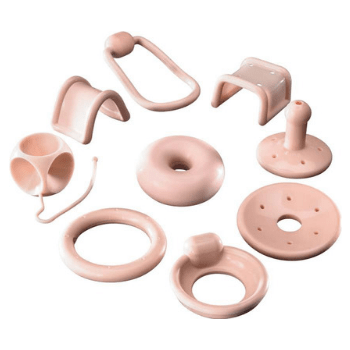
Types Of Pessary For Successfully Treating Prolapse With Pros And Cons Pelvic Exercises
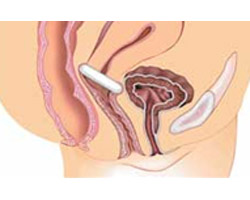
Pessary Fitting For Prolapse How To Know If Your Pessary Fits

Pessary Insertion Types Side Effects And Care

Cystocele Specialist Dr Daniel Stone Md Top Urogynecologist
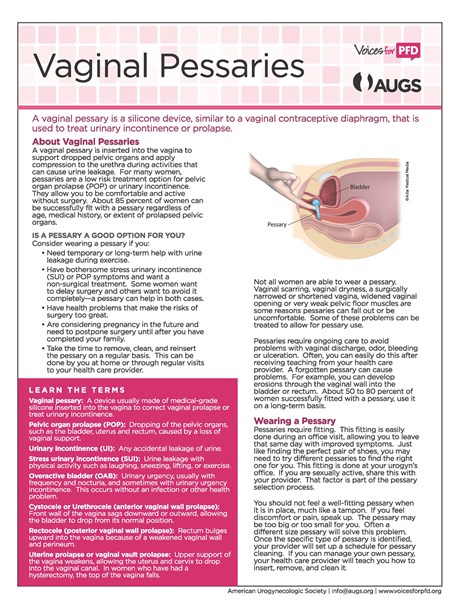
Pessaries Treatments Voices For Pfd
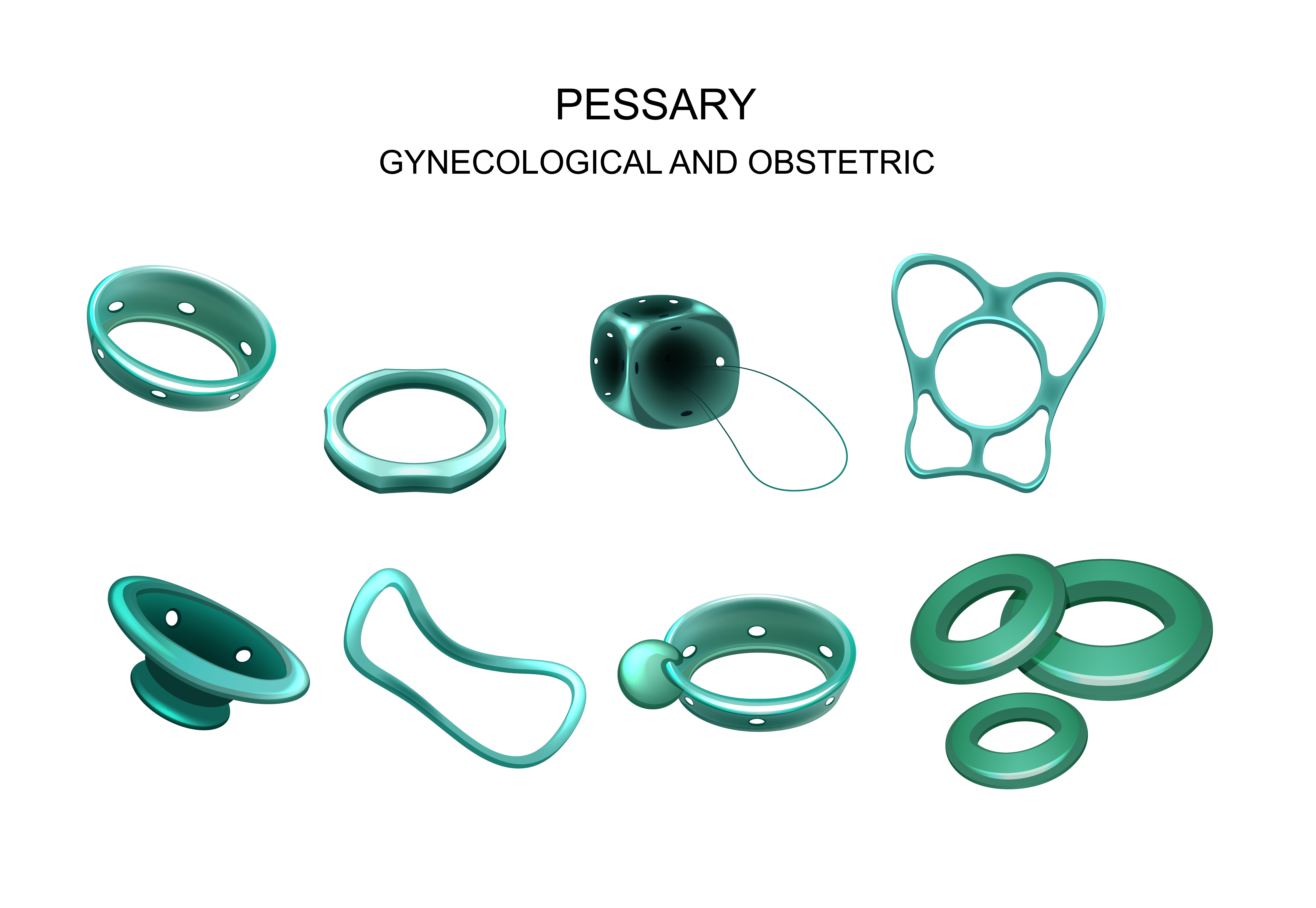
Q A Therapeutic Options For Prolapse Femselect

How Pessaries Improve Prolapse Symptoms And Support
:max_bytes(150000):strip_icc()/GettyImages-1160236014-578f0ac858ad4109835b8d6c6bfe38bf.jpg)
Vaginal Pessary Uses Benefits Side Effects Risks

Herman Wallace Pelvic Rehabilitation Continuing Education The Pelvic Rehab Report Pessary Use And Defecatory Dysfunction
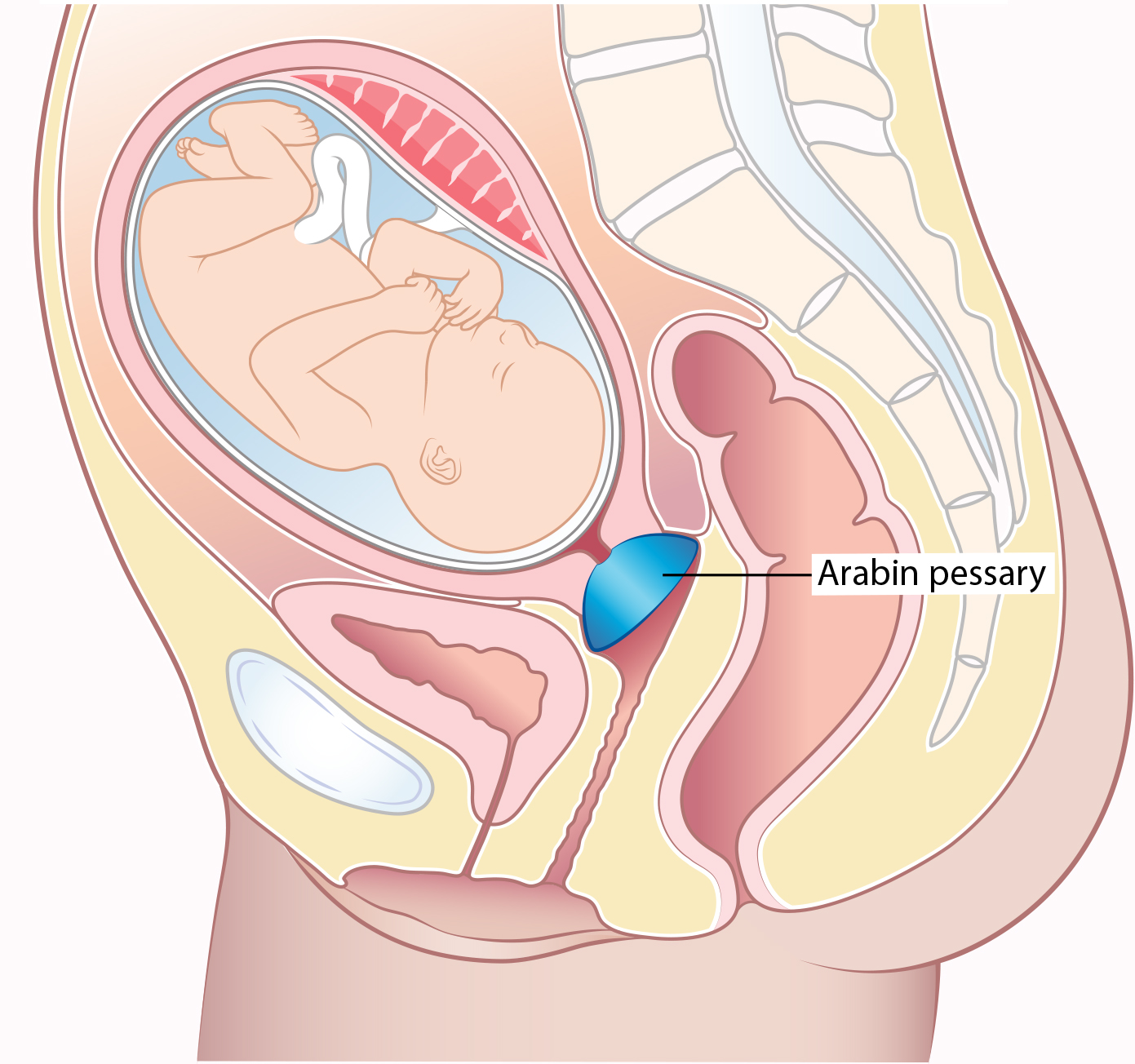
Treatment To Prevent A Premature Birth Tommy S
/Pessaries-55f53371cf50419a90dd8b70eff78bc1.jpg)
Vaginal Pessary Uses Benefits Side Effects Risks

Pessary Insertion Types Side Effects And Care


